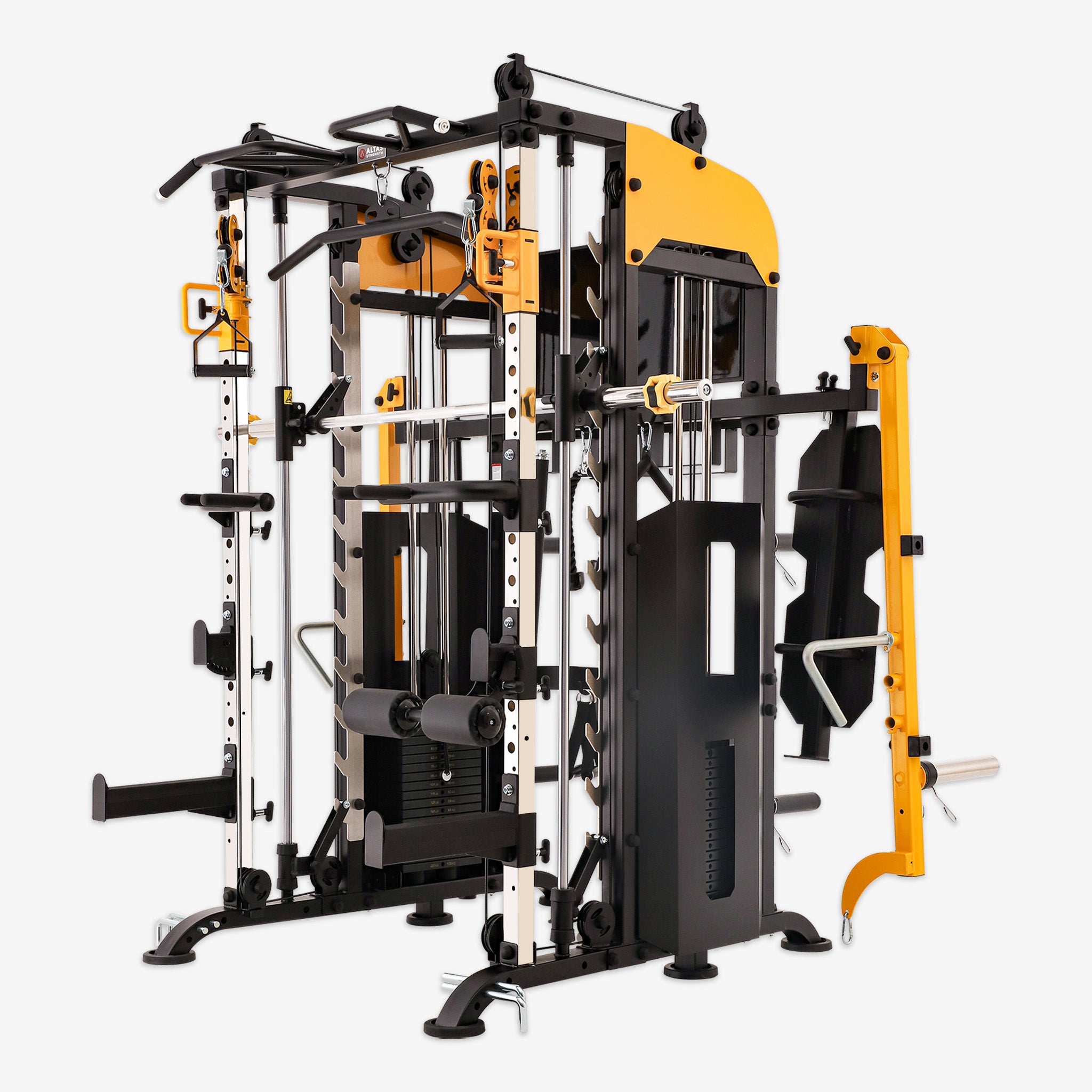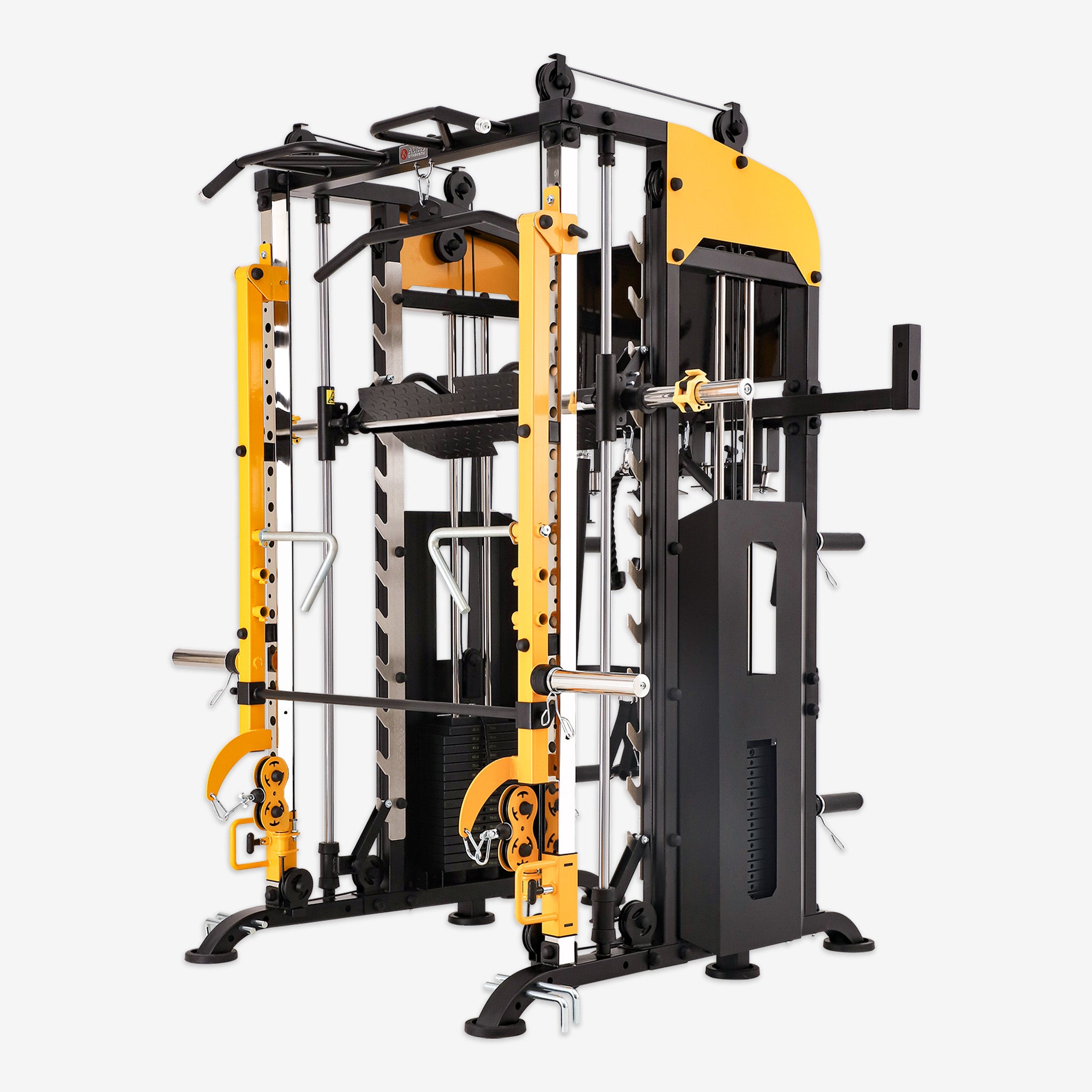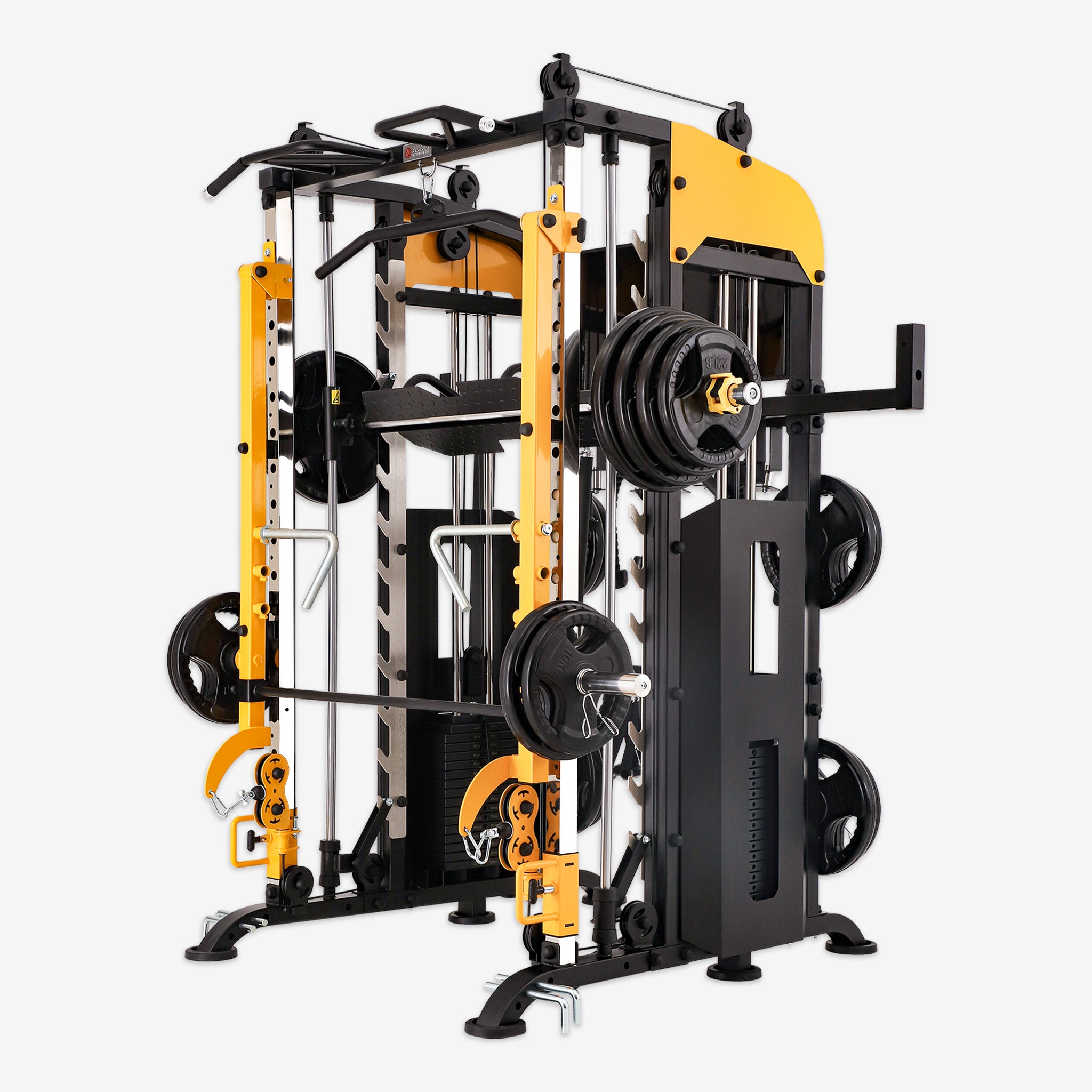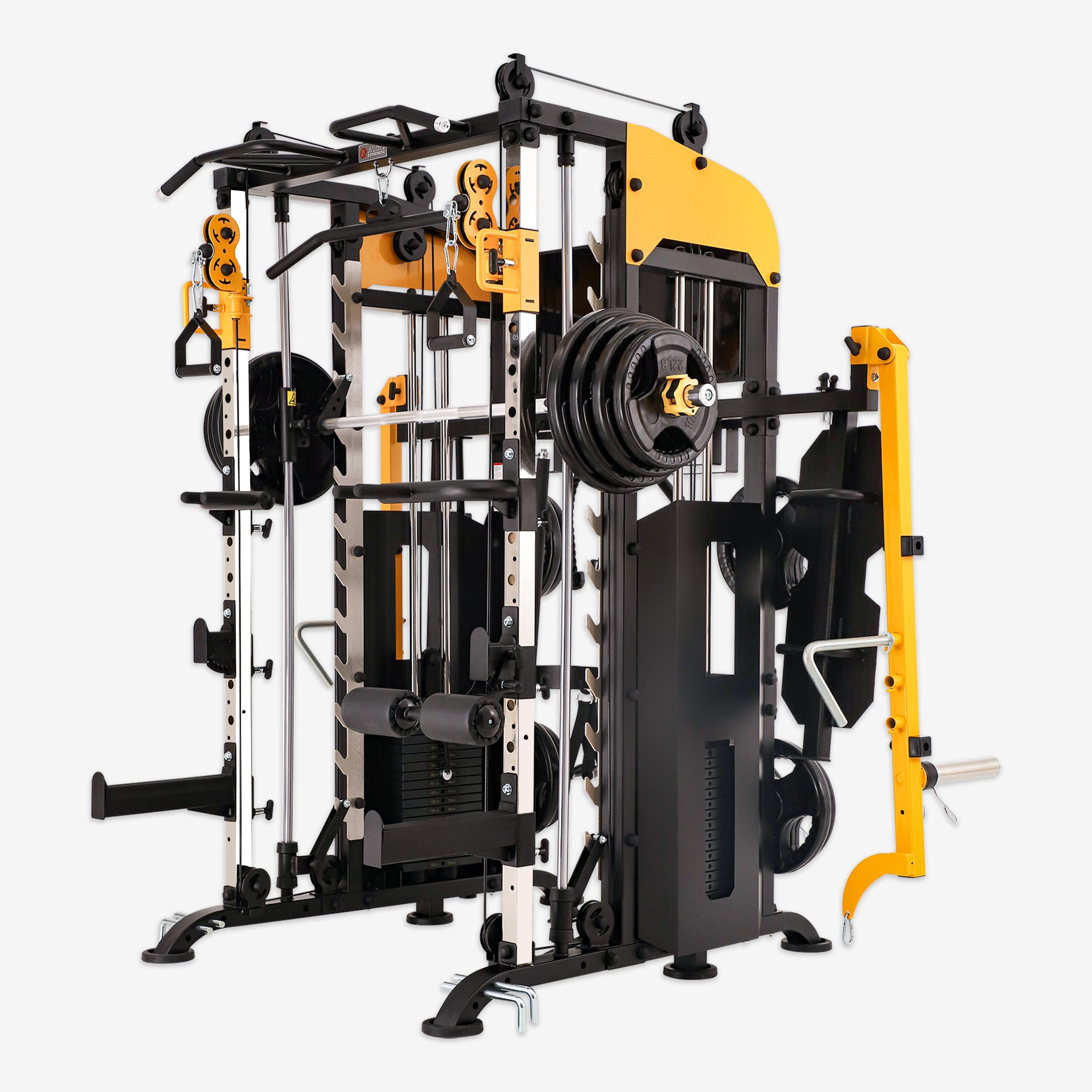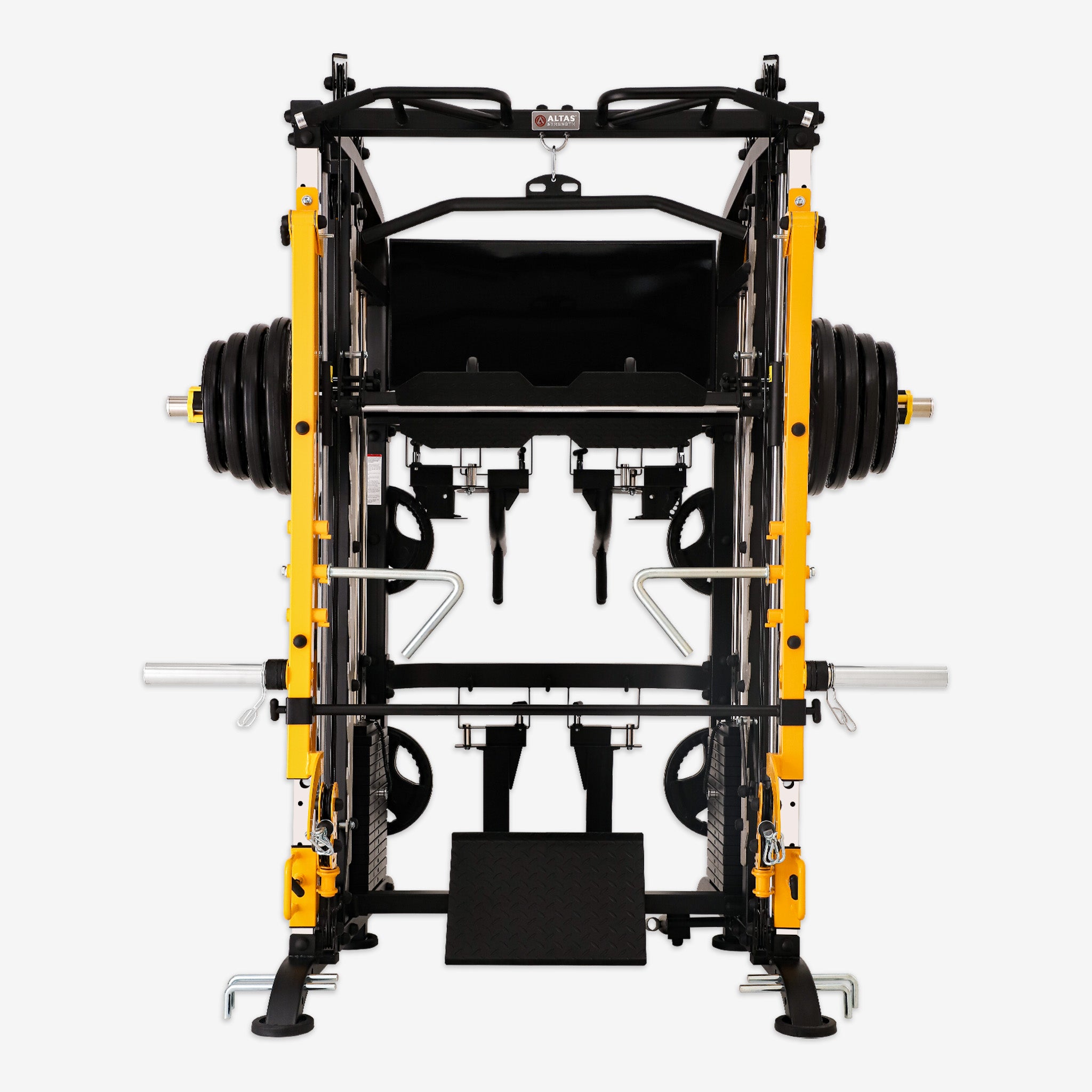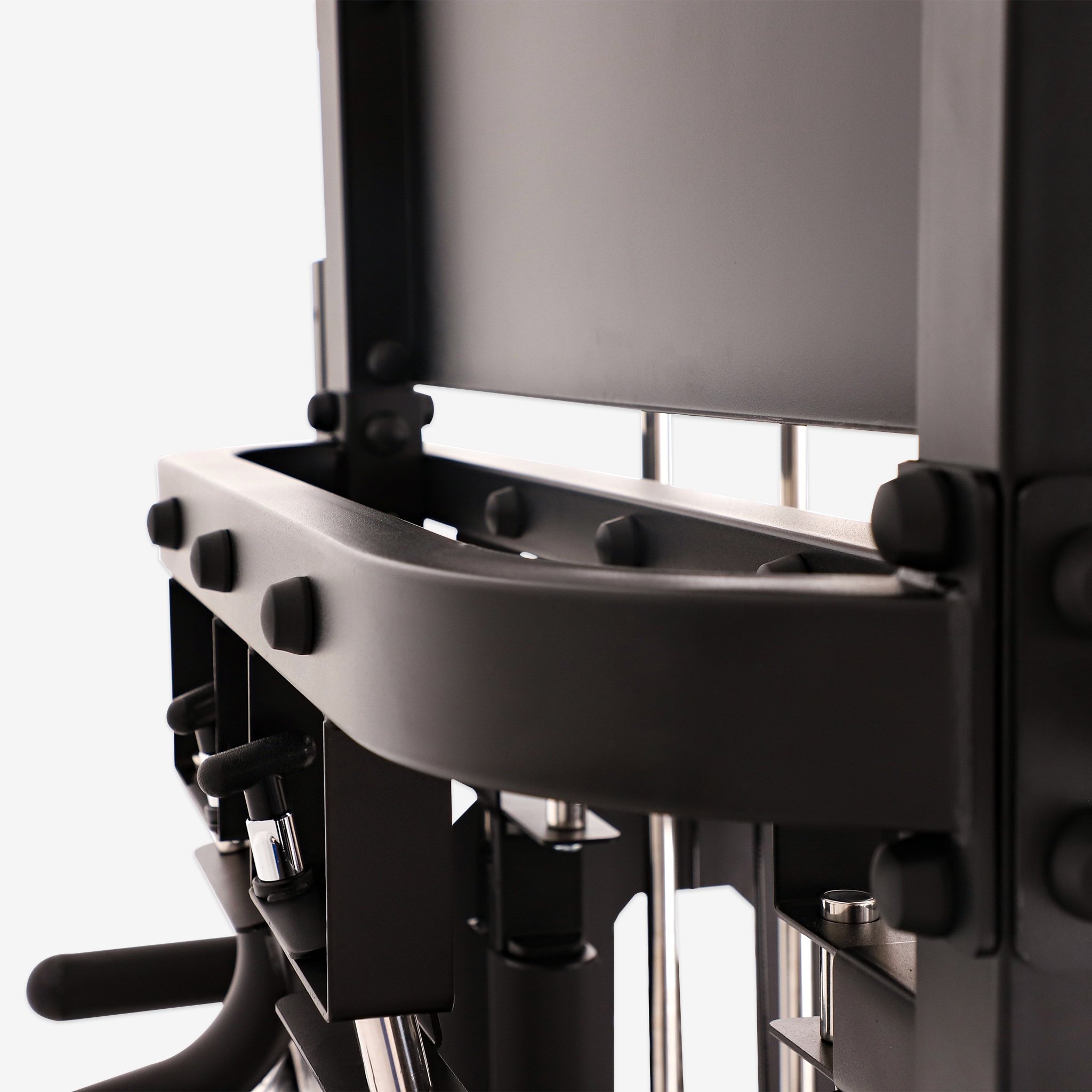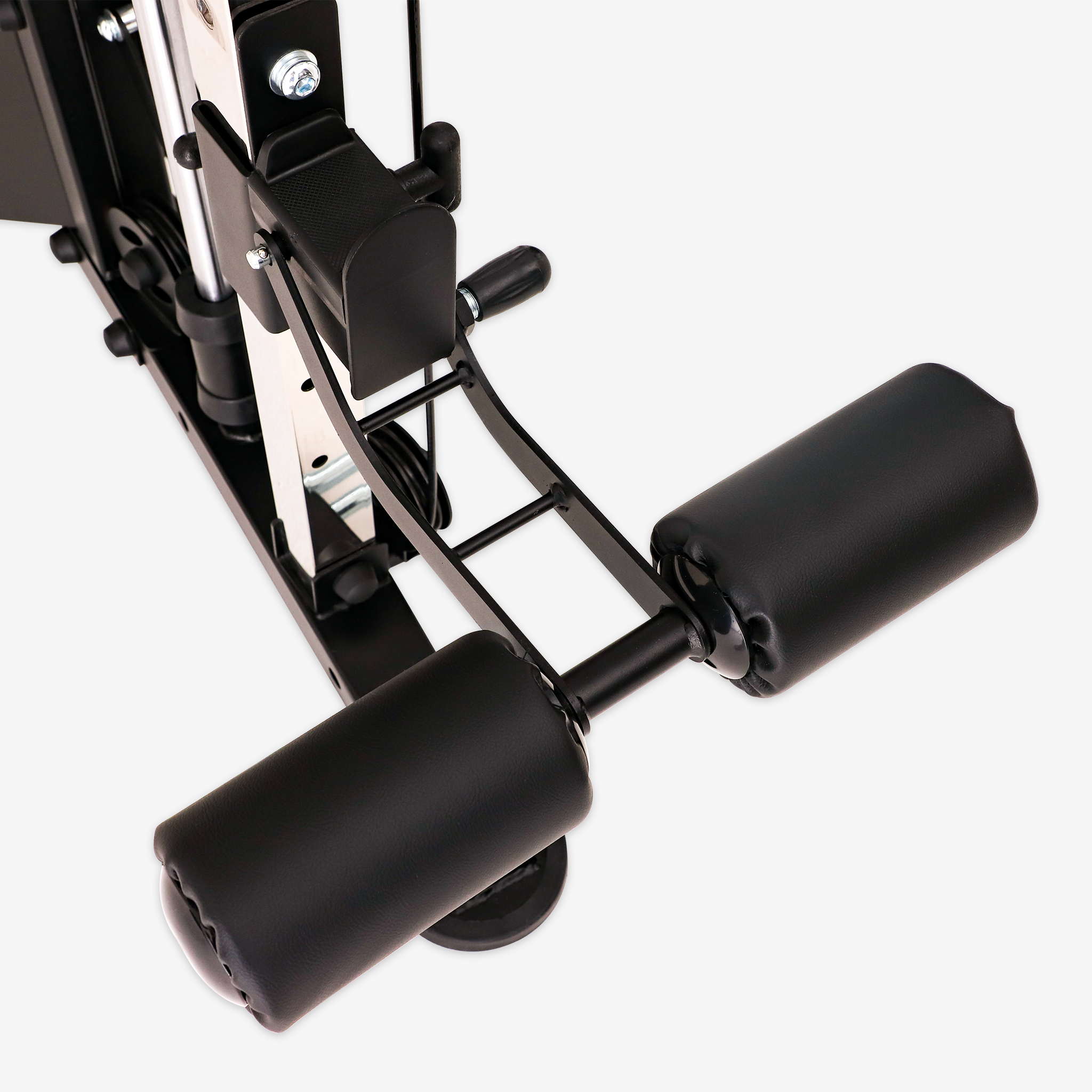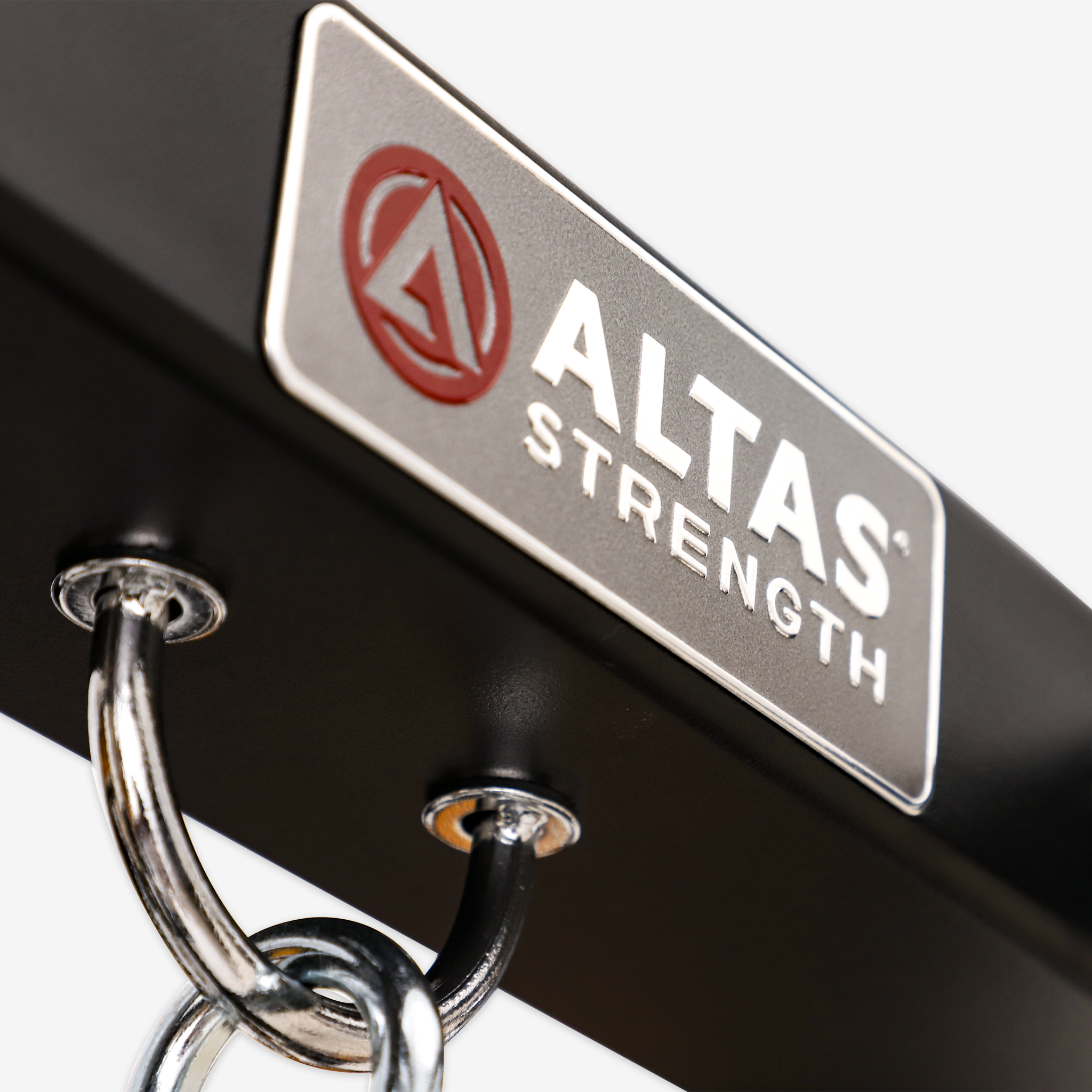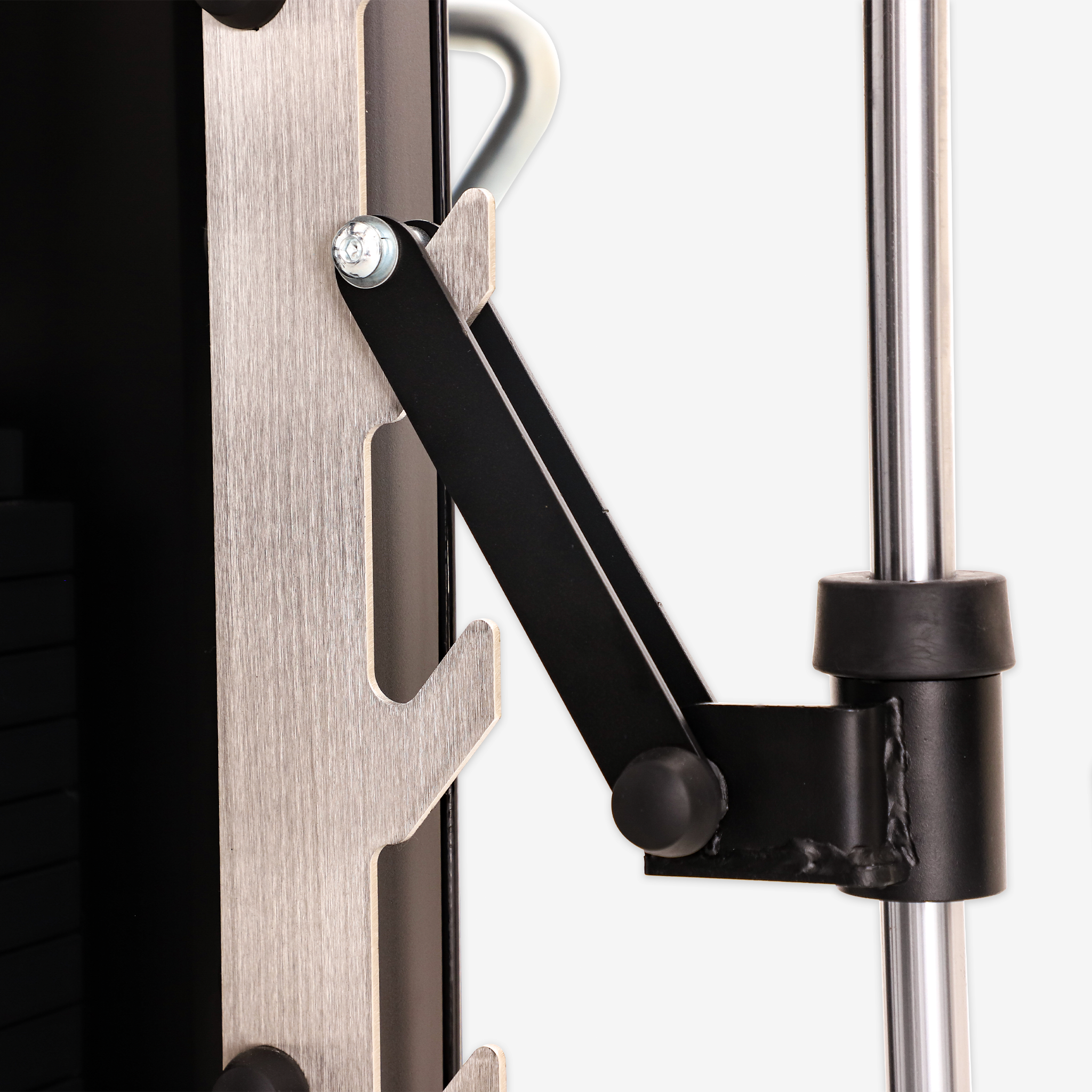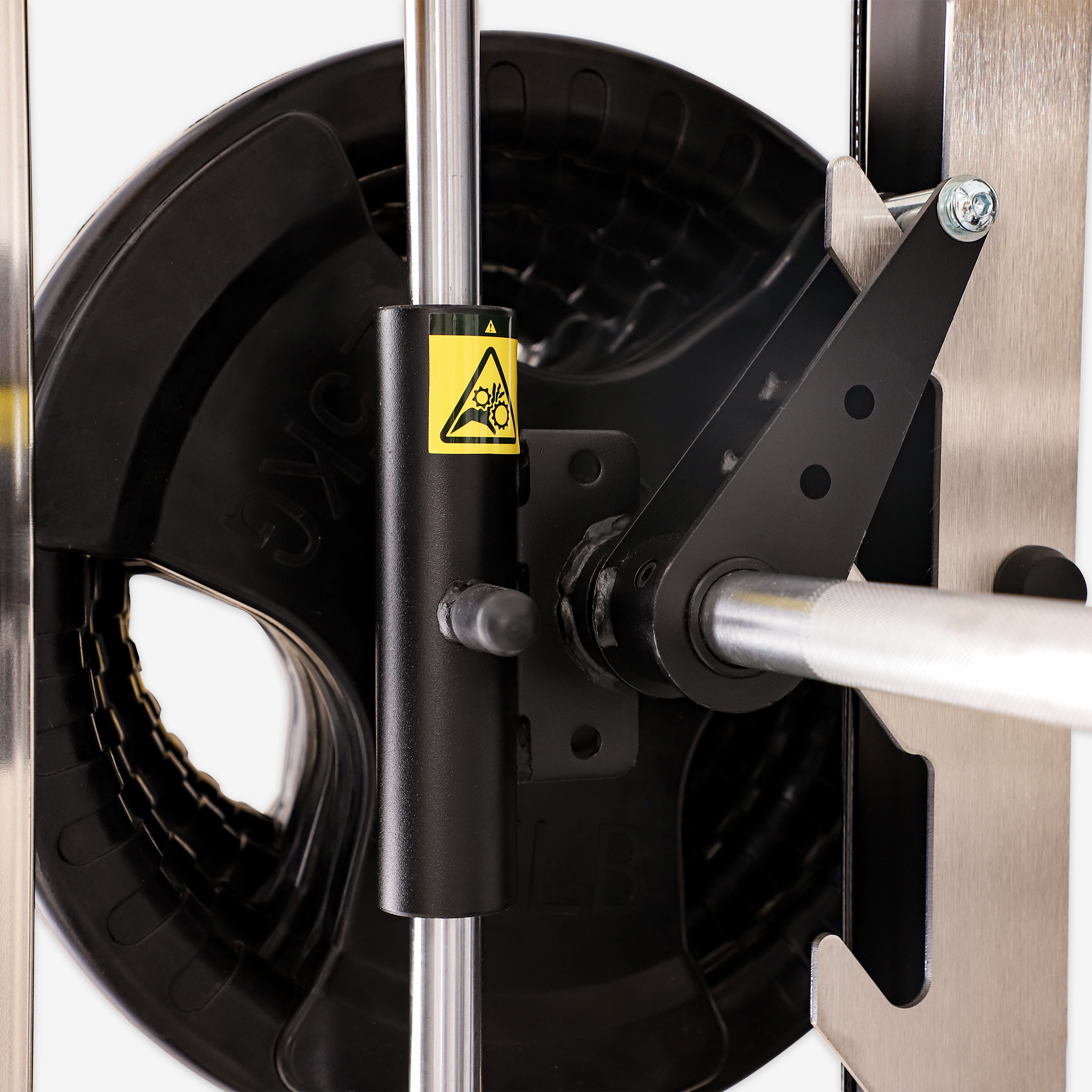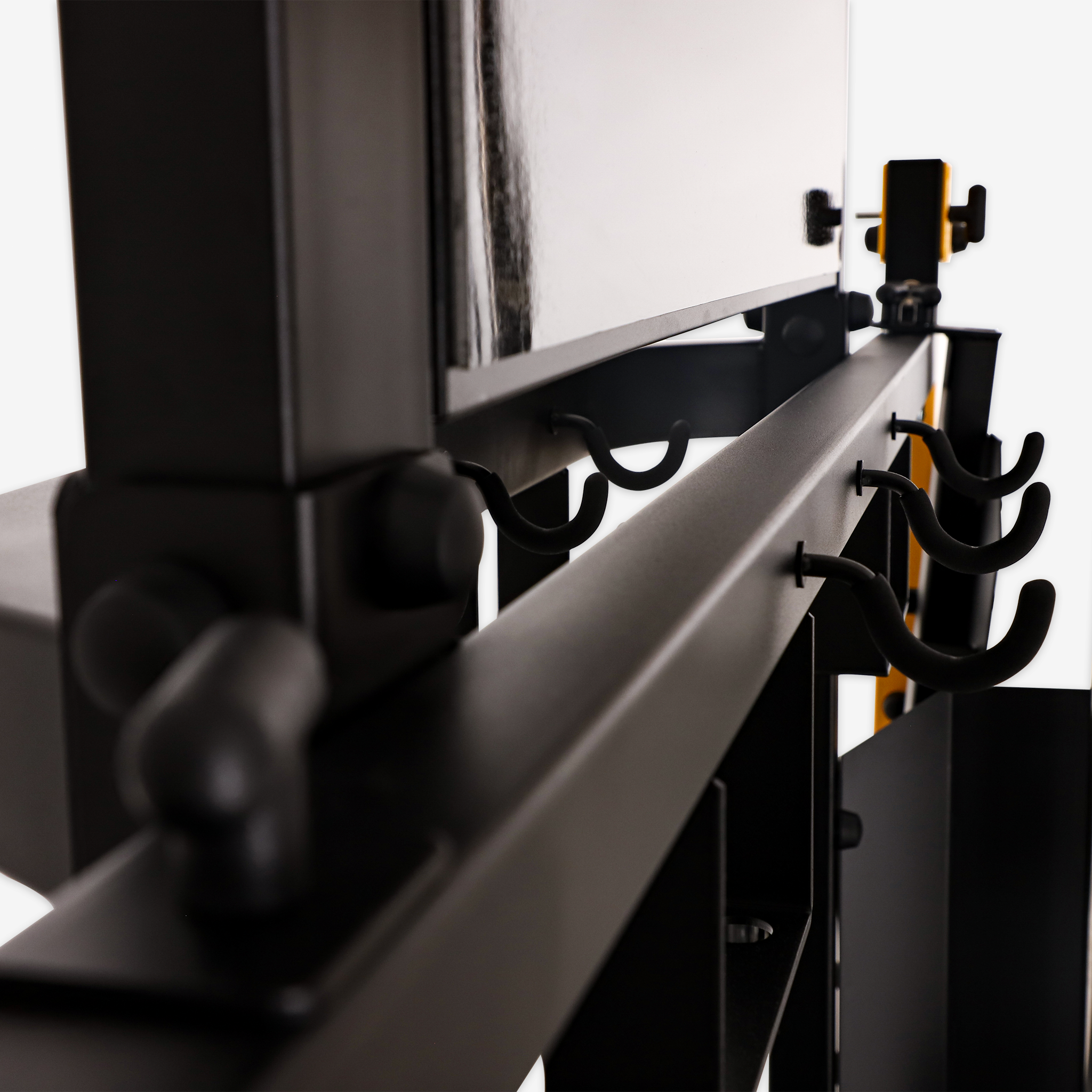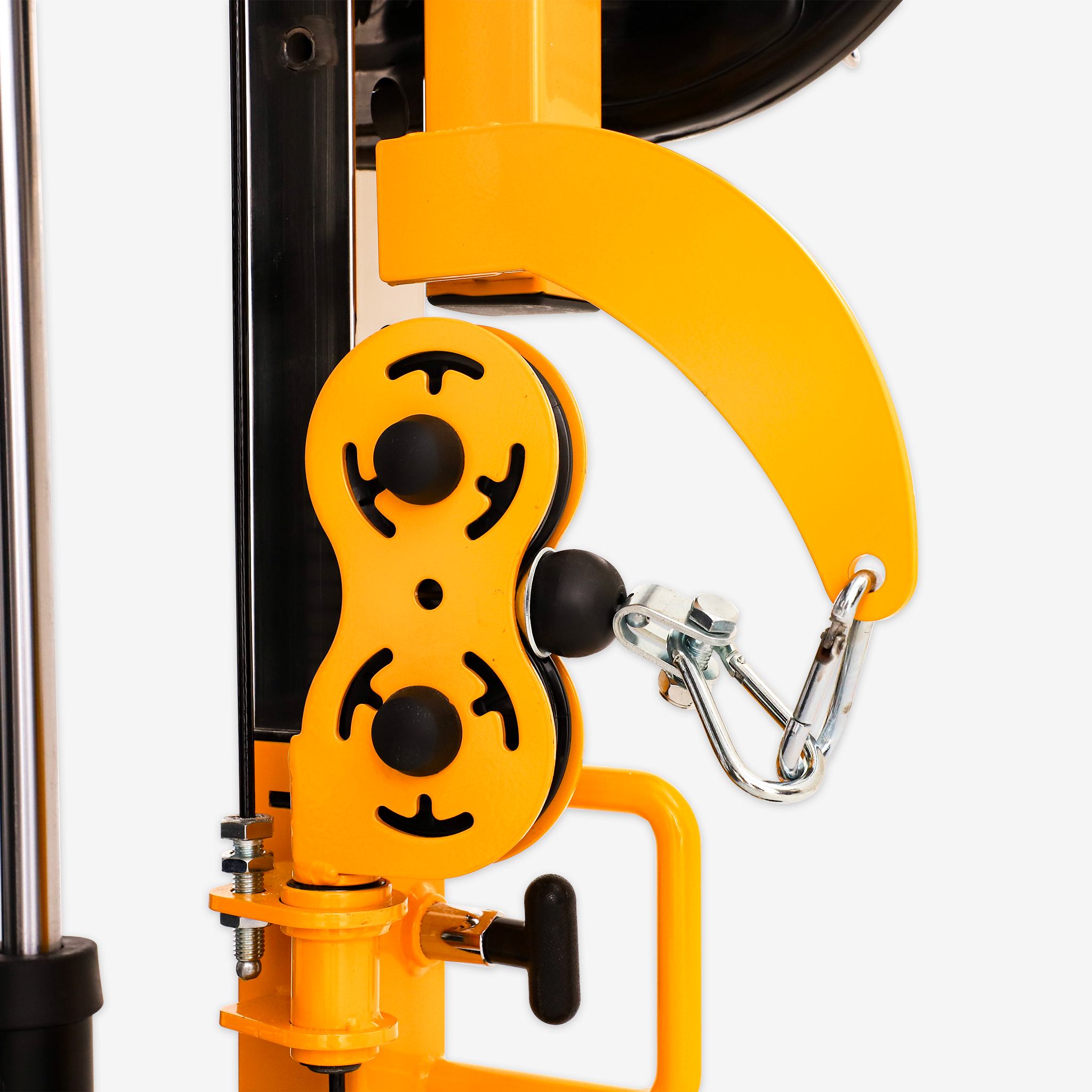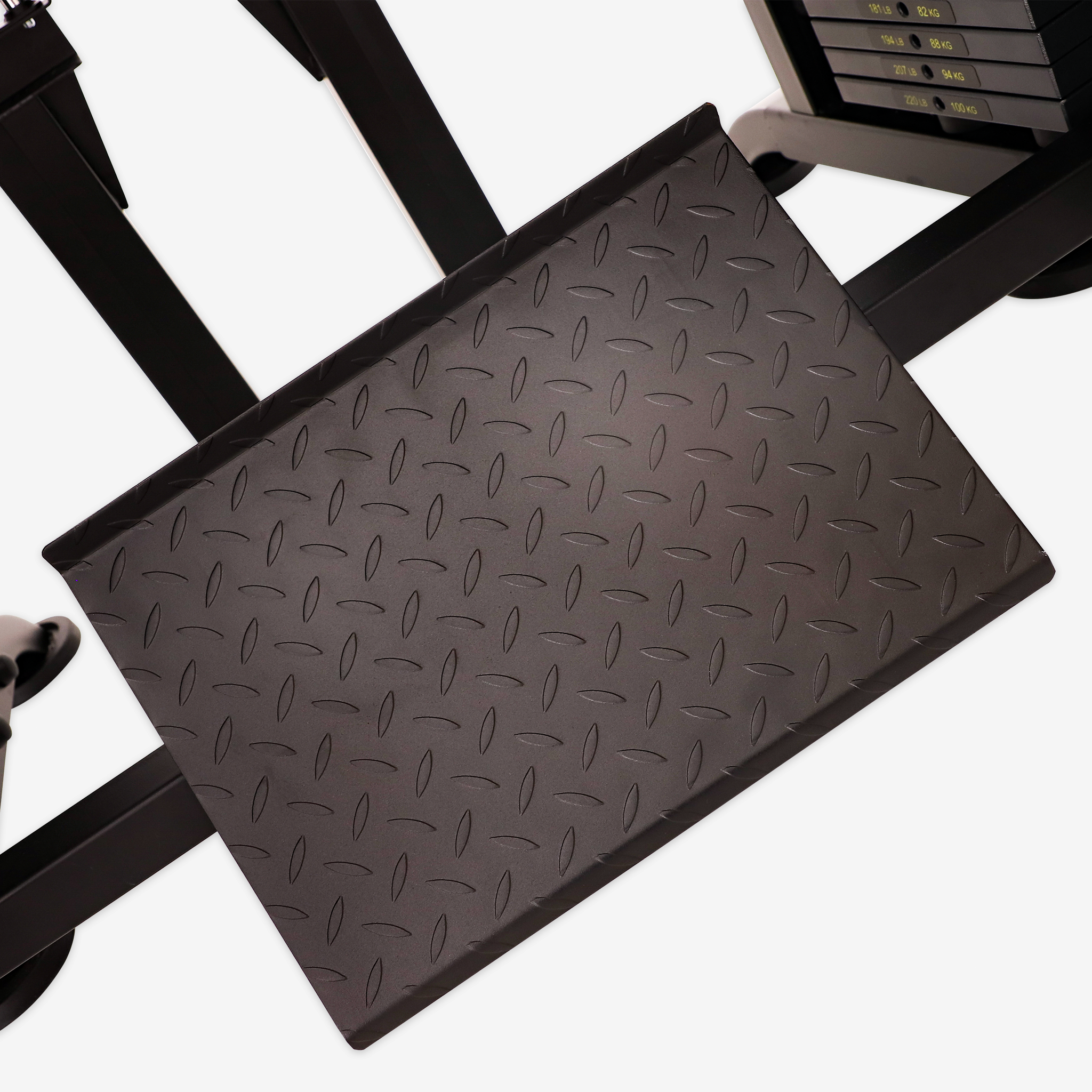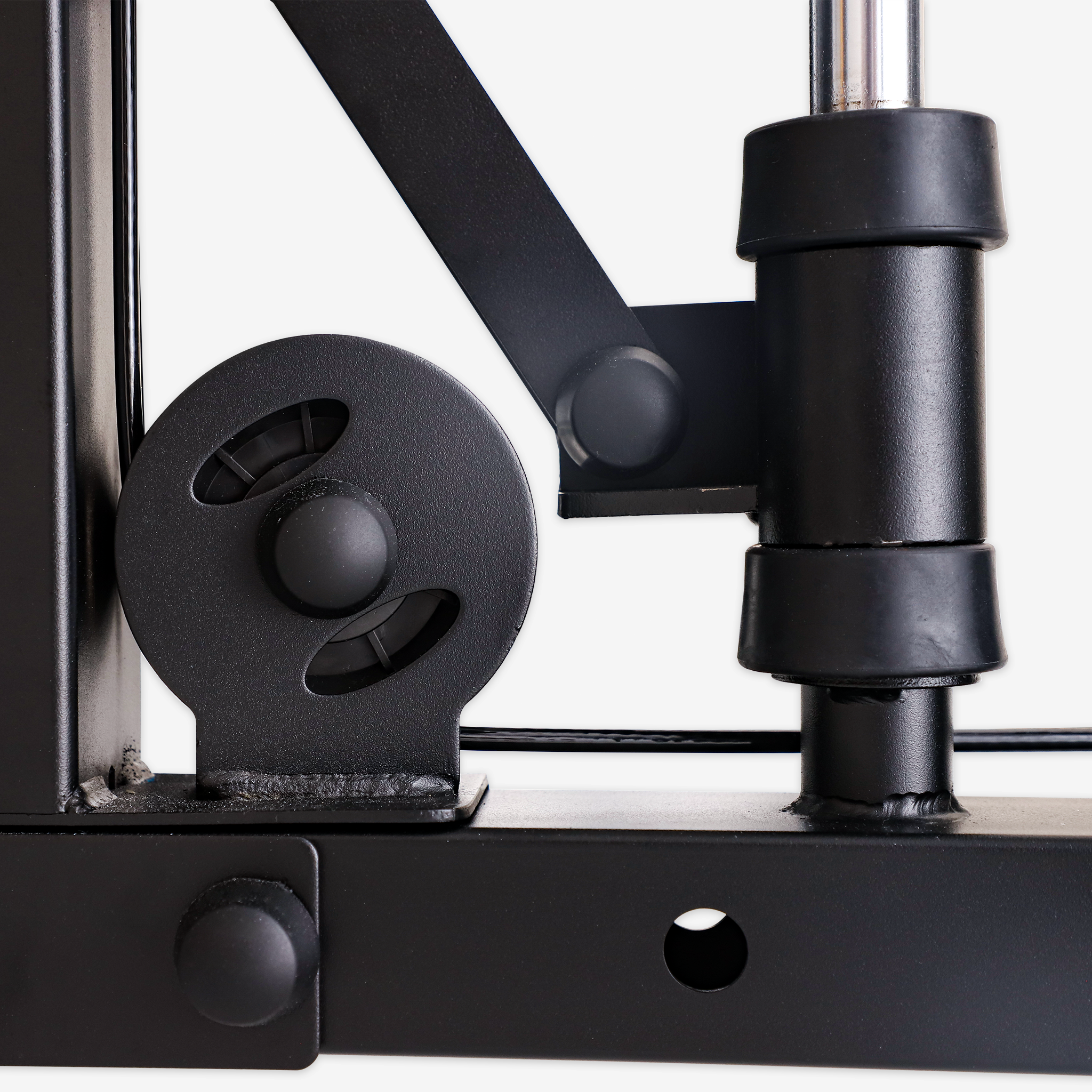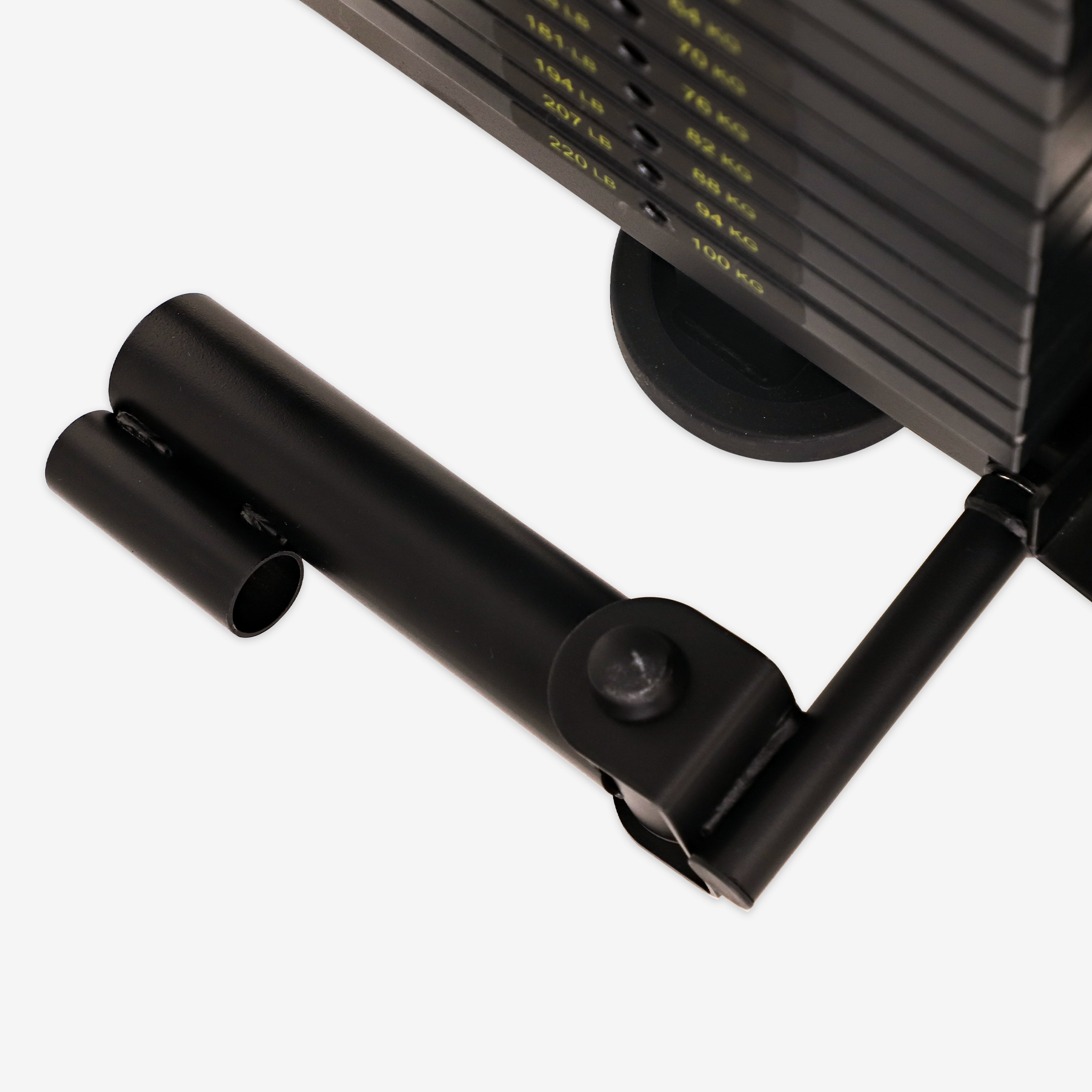The Smith machine is a popular piece of equipment in gyms, known for its versatility and safety features. Whether you're a beginner or an advanced athlete, incorporating Smith machine exercises into your routine can offer numerous advantages. This guide will walk you through the benefits, how to use the machine, and key tips for a safe and effective workout.
The Advantages of Utilizing the Smith Machine
-
Enhanced Safety:
The Smith machine’s fixed bar path reduces the risk of barbell slippage, eliminating the need for a spotter. This makes it safer for solo workouts. -
Improved Stability:
With the barbell guided along a fixed track, you can maintain greater control over your movements, making it easier to focus on proper form—especially useful for beginners. -
Targeted Muscle Activation:
The machine allows you to isolate specific muscle groups, such as the chest during bench presses or the legs during squats, with more precision than free weights. -
Versatility:
Beyond standard exercises like squats and bench presses, the Smith machine can be adjusted for shoulder presses, leg exercises, and more, making it a versatile addition to any strength training regimen. -
Supportive Features:
Many Smith machines are equipped with safety hooks and other features that add an extra layer of protection during your workout.
How to Use the Smith Machine
-
Understand the Equipment Setup:
Familiarize yourself with the Smith machine’s components, including the barbell, rails, safety hooks, and any seat adjustments. -
Adjust the Equipment:
Modify the barbell height and seat position based on the exercise. For example, set the barbell above your chest for bench presses or above your shoulders for squats. -
Select the Appropriate Weight:
Start with a manageable weight and increase gradually as you become more comfortable with the equipment. -
Use Safety Devices:
Ensure the safety hooks are properly set to prevent accidents during your workout. -
Execute the Exercises:
- Bench Press: Lie on the bench and press the barbell upwards, then lower it back down to your chest.
- Squat: Stand under the barbell, squat down until your thighs are parallel to the ground, then rise back up.
-
Maintain Proper Form:
Focus on keeping your back straight, engaging your core, and aligning your knees with your toes to avoid injury. -
Complete the Training:
After each set, safely return the barbell to its resting position and check the equipment for any issues. -
Gradually Increase the Weight:
As your strength improves, progressively add more weight to challenge your muscles without overstraining them.
Primary Muscle Groups Targeted in Smith Machine Exercises
- Bench Press: Pectoral muscles, anterior deltoid, triceps.
- Squat: Quadriceps, hamstrings, gluteus maximus, calves.
- Shoulder Press: Deltoids, triceps, trapezius.
- Deadlift: Erector spinae, gluteus maximus, hamstrings, core.
- Leg Press: Quadriceps, gluteus maximus, calves.
- Sit-Ups: Upper pectoralis major, anterior deltoid, triceps.
- Bent-Over Rows: Latissimus dorsi, rhomboids, lateral deltoid, biceps.
- Front Neck Press: Anterior deltoid, trapezius.
Important Considerations
-
Equipment Inspection:
Always check the machine for any damage before starting your workout. -
Proper Form:
Keep your body aligned to avoid injury, and engage your core muscles for stability. -
Weight Selection:
Start with lighter weights and increase progressively to prevent strain. -
Safety Measures:
Use safety hooks and, if possible, train with a partner for added security. -
Core Stability:
Engaging your core helps protect your spine and improves overall stability during exercises. -
Warm-Up and Stretching:
Proper warm-up and post-workout stretching are essential for injury prevention and muscle recovery. -
Breathing Techniques:
Practice proper breathing—exhale during exertion and inhale during relaxation. -
Gradual Adaptation:
Take time to get used to the Smith machine, gradually increasing the intensity of your workouts. -
Learning Proper Techniques:
Consider consulting a fitness trainer to ensure you’re using the correct techniques.
By following these guidelines, you can effectively incorporate Smith machine exercises into your strength training routine, maximizing your results while minimizing the risk of injury.

